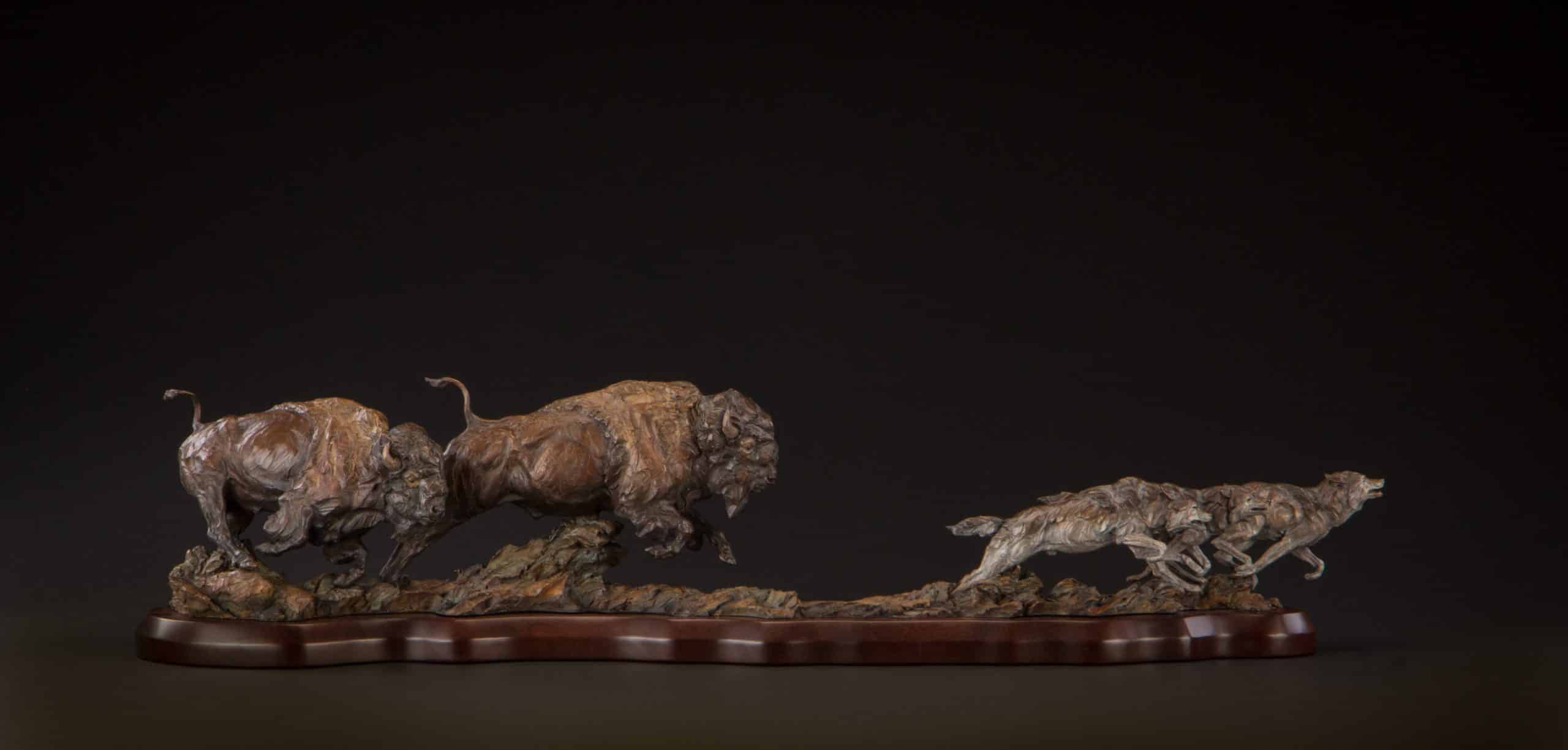He ran a popular saloon, but Prohibition put an end to that in 1918. So he bought a 120 acre ranch and started harvesting grapes to ship via railway and sell in Chicago where home winemaking wasn’t banned. Eventually he bought several farms where his two sons worked with him tending the vineyards.
In 1933, when Prohibition ended, he passed away. His oldest son, Ernest, borrowed $5900 from his mother-in-law so he and his brother, Julio, could start E & J Gallo Winery. One problem…they knew how to grow and sell grapes, but not wine. So they spent hours in the basement of the Modesto Public Library reading everything they could about commercial winemaking.
The two brothers opened their first winery that year, but it was tough because they had to compete with over 800 Napa Valley wine companies that sprung up after Prohibition ended. The brothers had just one tractor that they literally operated 24 hours a day, taking 12 hour shifts. In the first year they produced 177,000 gallons of wine.
They got by okay for years, but their breakthrough came in 1957 when they began distributing a cheap white wine called Thunderbird. Five years later, in 1962, they released Red Mountain wine and sold it for 99 cents a gallon in finger ring jugs. As a result, they were credited with creating the first “supermarket wine.” And as they say, the rest is history…
The brothers were the first to focus on modern merchandising and brand management in the wine industry. They implemented quality control programs, long-term growing contracts, and grape research initiatives. Most importantly, they pioneered the first major foreign sales and marketing campaign to export their California wines overseas.
In 1958 they started Gallo Glass Company so they could make their own bottles. They also began producing their own corks and building their own bottling equipment. In the 80s and 90s they bought wine labels from Australia and Europe. By 1993 they owned the country’s largest winery and had a 25% share of the American market.
Since then their company has acquired over 100 other brands, boasting over 10,000 wineries in the United States alone. In 2019 Gallo acquired its closest competitor, Constellation Brands, for $1.7 billion. I say “closest competitor,” but don’t presume “closest” means “big” because Constellation didn’t have anywhere near Gallo’s behemoth market share.
Today E & J Gallo is far and away the world’s largest wine company. Each year there are about 36 billion bottles of wine produced, and Gallo is responsible for 3% of this production. Although Ernest and Julio have both passed away, they are still recognized as the “godfathers of wine.”
I find this to be an inspiring rags to riches story, but there’s something I haven’t yet shared that makes it even better. The Gallo brothers’ success was not just the result of hard work, vision, and creativity, like many other success stories. This is a success story propelled by furtiveness because the two brothers operated under a veil of secrecy. They were well-known for being “notoriously secretive.”
The traditional wine industry is known as an “open industry.” Unlike many other businesses, winemakers tend to foster cooperation over competition. They commonly share strategies and techniques, what’s working and what’s not. While they are technically competitors, most winemakers feel a real sense of camaraderie and a willingness (almost an obligation) to help each other succeed.
But the Gallo brothers were different, thought of as surreptitious mavericks. They kept everything close to the vest. After Ernest died in 2007, NBC News ran an article, saying, “Gallo was no less tough on the people who worked for him as on those he battled for business. He was tenacious, shrewd, aggressive, and secretive. He and others of the Gallo clan shunned publicity.”
In fact, Gallo had a “company spokesman” for many years who was known by journalists as Dan “No Comment” Solomon.
So while there is no secret to how most of us succeed, a secret to the Gallo brothers’ success was keeping it a secret.












